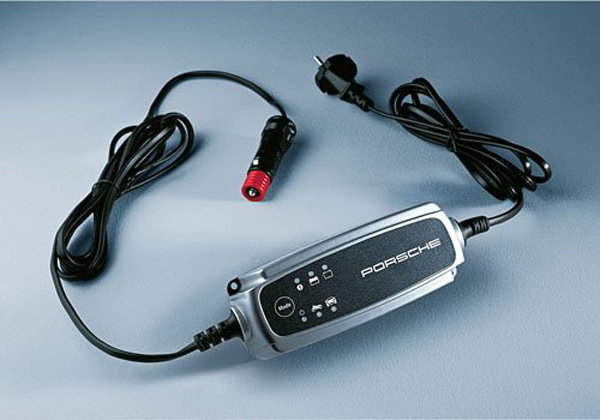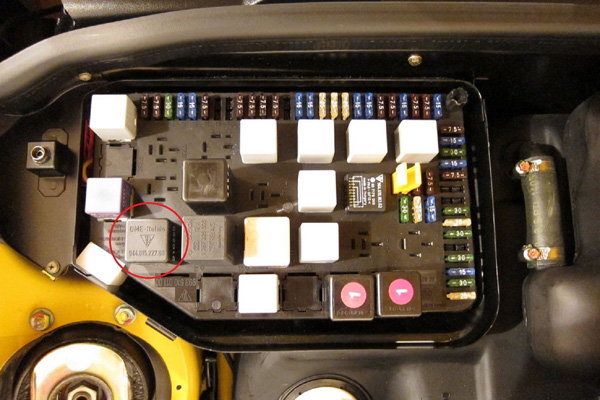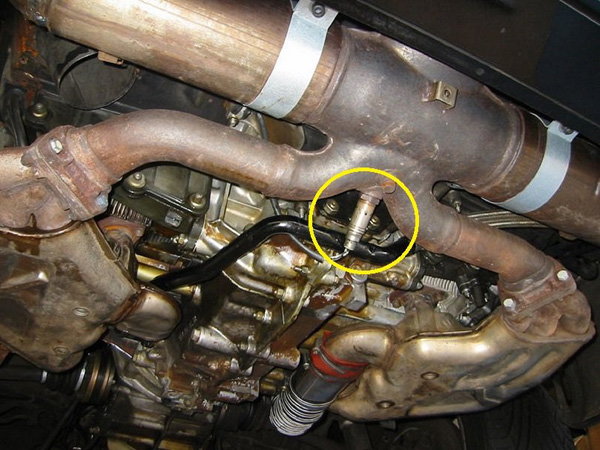Porsche 993: Why Does My Car Die After It Starts?
A stalling engine problem in your Porsche 993 doesn't always mean that you have to contact a professional mechanic. There are several problems that can be diagnosed right in your driveway without any special tool or professional know-how. Continue reading to repair this issue yourself.
This article applies to the Porsche 993 (1993-1998).
Modern cars (one being the Porsche 993) depend on computers for the engine to run properly. When the computer—also known as the Engine Control Unit (ECU)—receives incorrect or inconsistent readings from different sensors throughout the vehicle, the engine won't run as expected or might not even run at all. If your 993 is starting and immediately dying, the cause most likely pertains to the ECU. There are a few simple diagnostic steps you can run to find the problem. If you do find it, the repair will be all the more easy. This article will show you how to get your 993 running properly.

Materials Needed
- Hydraulic jack and jack stands
- Adjustable wrench
- Flat head and Phillips screwdrivers
- Car battery maintainer (optional)
Step 1 – Check the battery
If you've replaced the battery in a later year 993, you have to let the ECU adapt for a while before it works properly. After reconnecting the battery, start the engine and let it idle for about 15 minutes. This will "train" the ECU to accommodate the new battery. During this time, it is essential not to touch the throttle. After 15 minutes the ECU will automatically detect the new battery, and the car should start up as normal.
When garaging your Porsche for more than a few days, you can use an automatic battery maintainer to avoid draining the car battery. This will keep the battery fresh for an extended period of time when the car is not in use.

If the problem persists after "training" the ECU, move on to Step 2.
Step 2 – Check the DME relay
Cars have DME (Digital Motor Electronics) relays that control the fuel injectors and fuel pump. The DME relay in your 993 may have failed, causing the engine to cut off.
If you are experiencing this problem, replacing the DME relay is the second least expensive option. A replacement can run anywhere between $35 to $55. Simply locate the shorted relay in the relay box under the hood, and plug the new one in.

If you have replaced the DME relay and the problem persists, move on to Step 3.
Step 3 – Check the O2 sensor
The O2 sensor in your 993 signals to the ECU whether the engine is running rich or lean, meaning it's burning too much fuel or too little for ideal combustion. Therefore, if the O2 sensor is broken or faulty, the engine will receive an uneven air/fuel ratio and begin to stall or misfire. Typically, an O2 sensor has a lifespan of about 100,000 miles.
To troubleshoot the O2 sensor, simply unplug it and go for a drive. It is located on the exhaust system right where the pipes split. If you are experiencing an improvement after unplugging the sensor, it is most likely broken and needs to be replaced. A new O2 sensor costs around $70 and $100.
(Related Article: How to Replace Oxygen Sensor - Rennlist.com)

Related Discussions
- Engine Turns Over but Won't Start - Rennlist.com
- 993 Engine Stalls - Rennlist.com
- Porsche Downhill Power Loss - Rennlist.com
- DME Relay Failure and Repair - Rennlist.com






